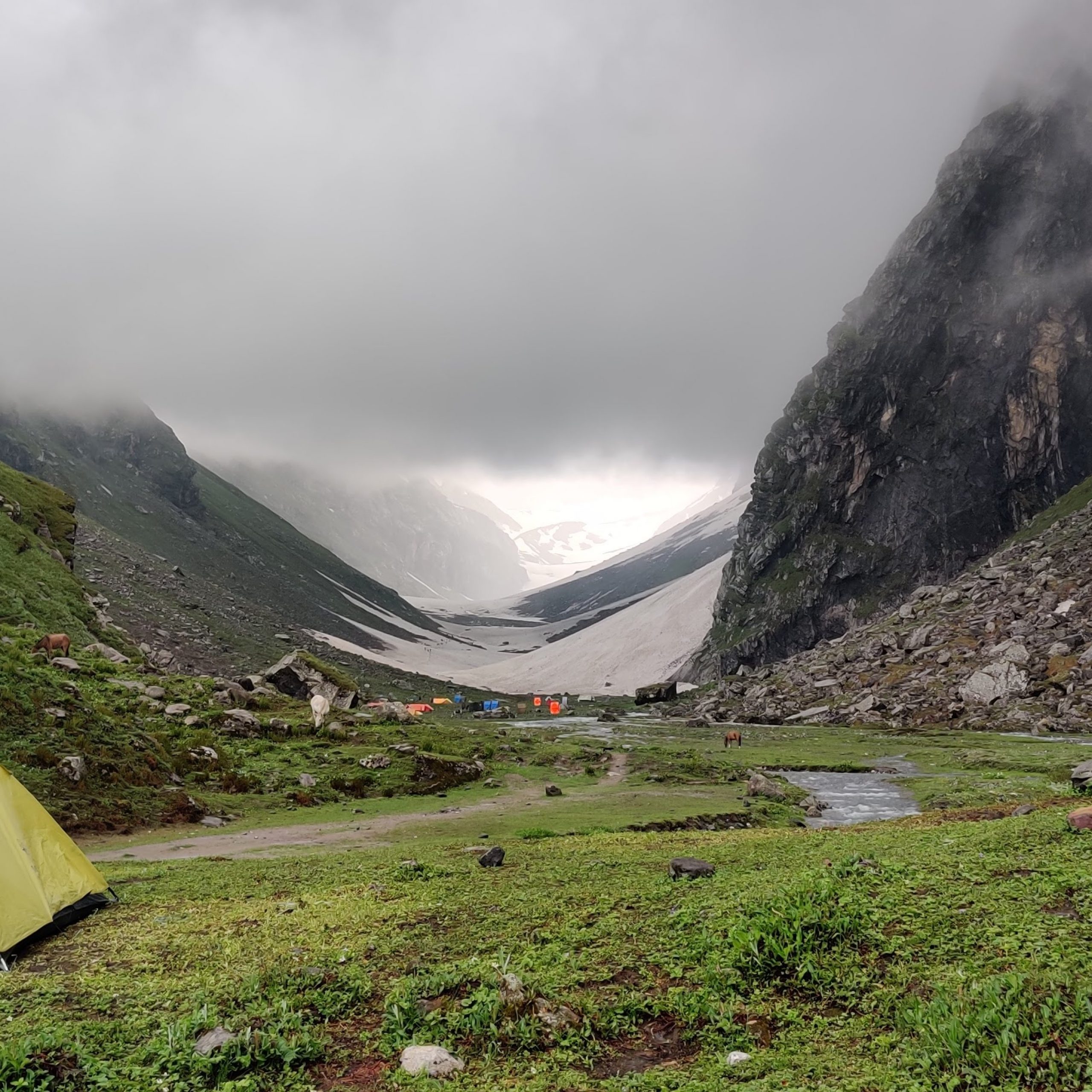Kedarkantha is one of the most important areas of religion, particularly in Hindu mythology. The Lord Kedarkantha Temple, which is located at the base of the summit, was tested and revered by people of the spirit. Millions of pilgrims move mountains to pray and seek blessings every year from the Hindu Deity.
The temple, facing Kedar Parvat, is located at the base of the Kedarnath Peak. Kedarkantha is particularly beautiful during the winter months as a beginner-level trek. One of the most outstanding ridges of the Himalayans is to enjoy the experiences of nature lovers and ardent walkers.
History of Kedarkantha
Uttarakhand is generally split with great religious attractions. Avatar Bull Lord Shiv walked around the area. His way to escape the Pandavas was reached and he meditated in his disguise in the valley. But he was fleeing from Kedarkantha to Kedarnath once his peace was disturbed by the locals.
In addition, Lord Trishul says locally that the place is protected from being destroyed by being erected in the valley. In 2013, the valley suffered great loss due to huge inondations but Kedarnath temple was not harmed. There was ample evidence of their belief. Their belief was great.
About the Kedarkantha Trek
This is one of those treks where in harsh winters you can climb the top. This is a four days starting trek to the Judah Ka Talab, and the snow-capped trails in Uttarakhand. The magical sunrise of the top of Kedarkantha, 12500 ft. Views of different peaks like Pangarchulla and Har Ki Dun can also be seen from the summit.
The fact that you need to connect to your greater purpose and your faith is so connective that you can feel the faith all around you even if you are not a Hindu. When you start your ascent, it sets the mood.
The wooded floor of the massive peaks with pine-tree meadows and possible snow from the mountains makes your communal journey an amazing setting. You’ll also witness a stunning view of all the famous tops and the Tons River, which is supplied by glaciers, immediately after the base camp.
Kedarkantha Height / Altitude
Kedarkantha is 3800 meters high and offers a 360-grade view of the high Himalayan peaks of Pangarchulla, Har ki Doon and Swargarohini.
Best time to visit Kedarkantha trek
Although it is possible to do Kedarknatha Trek on any time of the year, in winter from January to March it is preferable as the hike is covered with bottomless snow and provides a magnificent view of the snow.
It is one of the treks in India where snowfall can easily be found in the winter near Delhi. The trek also has the most beautiful campgrounds. Therefore, do not forget that on this wild trek, you will take your own camping gear and camp.
Weather
Temperatures range from 3 °C to 8 °C during the day and from -5 °C to -1 °C at night during the summer months April-June. Temperatures from -4°C to 6°C during the daily period and -8°C to -15°C at night can be seen during the post-monsoon season from September to December. The weather is -6oC to 2oC for January to April during the day and -10oC to -18oC during the night.
The Beginning Point – Sankri Village
You must first arrive from Delhi to Dehradun either by bus, train or flight. You then go to Sankri – the starting point of the trip. The total journey from Sankri to Kedarkantha is about 25 kilometers covered by Juda Ka Talab in a total of 4-5 days.
Delhi to Sankri by road
Sankri is a small town 200 kilometers from Dehradun, starting with treks to Kedarkantha, Har Ki Dun Trek and Passo di Rupino. Dehradun – Purola – Mori – Naitwar – Sankri is the route from Dehradun to Sankri. The trip takes about 7 hours by road.
The drive is a beautiful route. The village of Sankri itself is full of natural beauty and a stay in this place is required. Enjoy the little village!
A plan that has room for movement is the best way to experience a tour. The Kedarkantha Trek will ideally take about 4-5 days with some of the most beautiful views and campsites on the road.
In most days you don’t have to walk for more than 4-5 hours to relax and enjoy the beauty with your friends. Naturally, a guide to ease your planning requirements is strongly recommended.















































